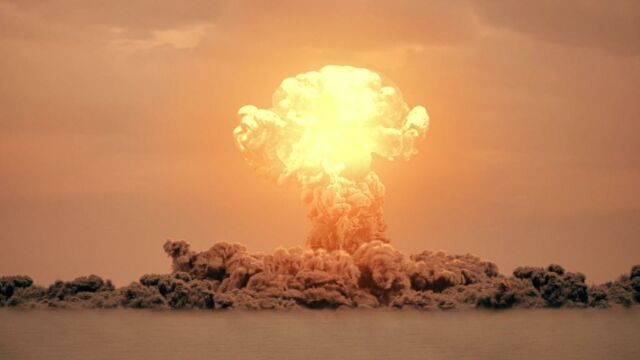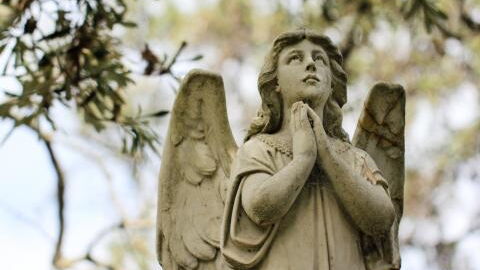How do we know what would happen if a nuclear bomb fell near us? It is quite complex to say, as the blast is so powerful that most observers die on impact. But by cross-checking the testimonies of the victims of Hiroshima and Nagasaki and using audiovisual reconstructions, we can get a small glimpse.
Discover our latest podcast
Experiencing a nuclear explosion
The ultimate weapon has already been used on the Japanese archipelago at the end of the Second World War, and many testimonies have been collected from the survivors. In a poignant documentary broadcast on the Arte channel, the survivors recount the horror they experienced.
They describe the explosion to journalist John Hersey as 'a sheet of sunlight', 'a dazzling yellow light', and 'a gigantic flash of magnesium'.
But beyond words, we cannot know what would actually happen. Except perhaps by watching the video! The result does indeed look like what the bomb survivors describe.
Flash of light and waves of burning heat
According to the filmmakers, the first moments of the explosion leave us no chance. The intensity of the flash of light is so powerful and so hot that our eyes are burned, it's like looking at the sun too closely. We are instantly blinded.
In the next few seconds, the burning blast from the shock wave hits our skin. Our skin is burnt all over. Very quickly, our body disintegrates, the blast being powerful enough to destroy an entire house.
Meteorologically, the explosion creates a kind of crater in the surrounding clouds, and the mushroom cloud begins to take shape a few seconds after the impact of the nuclear warhead.
Shadows without bodies
As we look back at the Japanese experience, a stranger phenomenon jumps out at us. Although the bodies of the people who suffered the full force of the explosion had completely disappeared, their shadows remained on the ground, frozen in time, as in a photograph.
Témoignage de l'impact, les ombres laissées dans la ville d'Hiroshima montrent l'intensité de l'explosion atomique, le 6 août 1945.
— Histoire & Odyssée (@HistoireOdyssee) August 6, 2021
Le flash de la bombe a décoloré le béton, laissant des marques qui correspondent aux projections des objets et des personnes. pic.twitter.com/Jnv8nNMZQ7
This tweet translates to:
The shadows left in the city of Hiroshima show the intensity of the atomic explosion on 6 August 1945.
The flash of the bomb discoloured the concrete, leaving marks that correspond to the projections of objects and people.
How can this be explained? The bomb had left black marks corresponding to the projections of objects, bodies and street furniture, rather like a negative in photography. The light of the explosion is actually heat from the thermal radiation, which is what made the shadows on the ground.
Thanks to the orientation of the shadows, the experts were able to establish where the bomb had exploded. According to the analysis, the bomb was detonated about 500 metres above Hiroshima. The American army had established that it was at this precise point that 'Little Boy', as they had christened it, would do the most damage.
This article was translated from Gentside FR.
Sources used:
Cairn : Les ombres d’Hiroshima
Arte : Hiroshima, la véritable histoire















